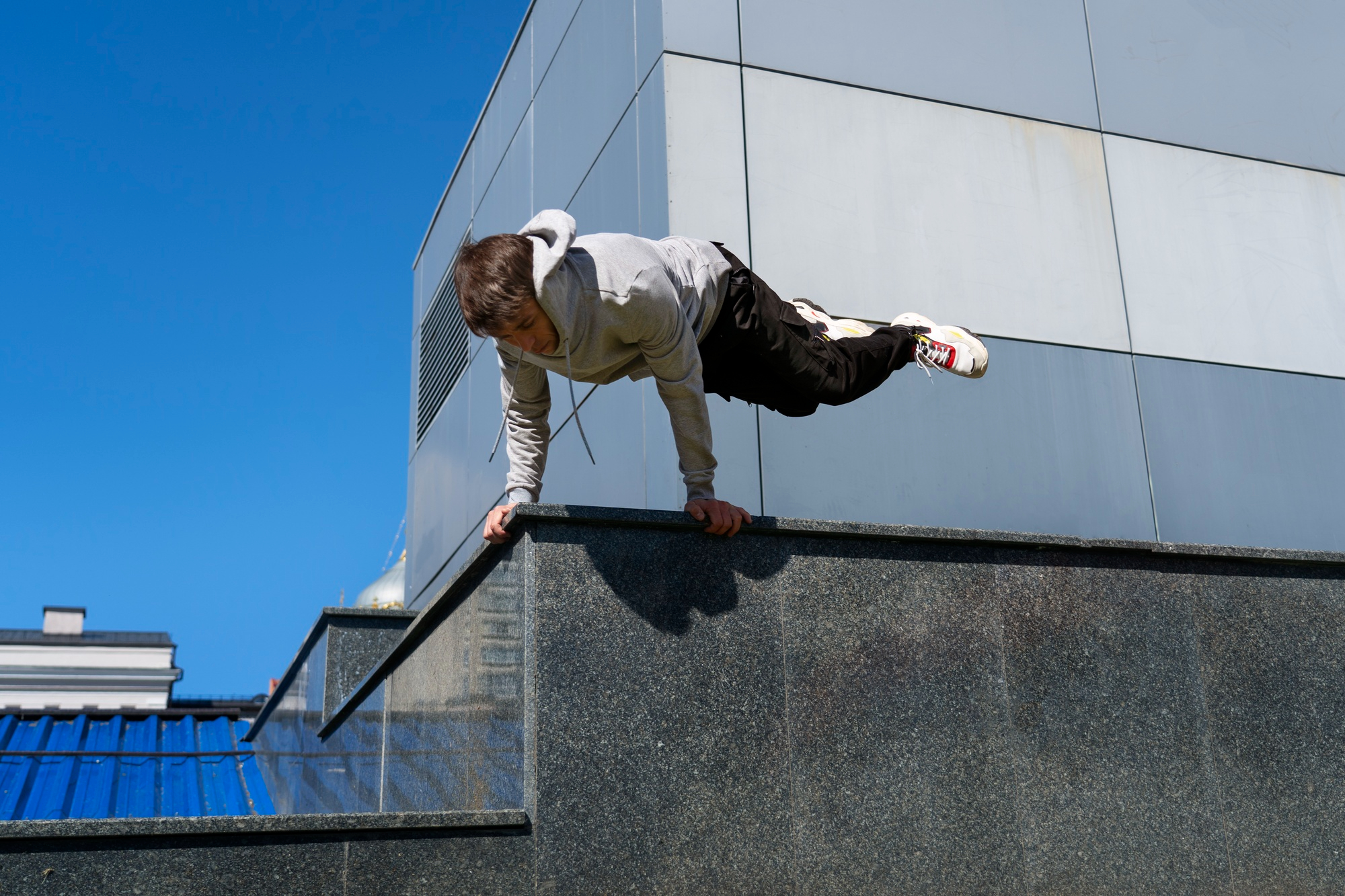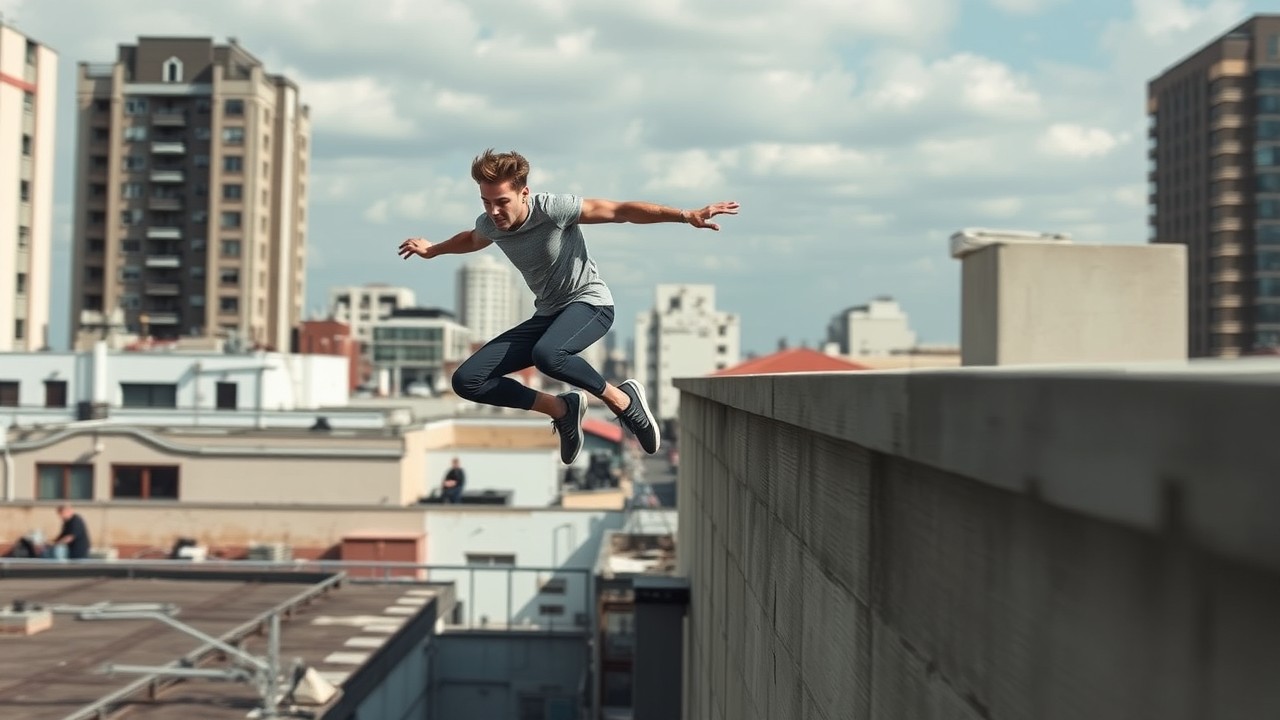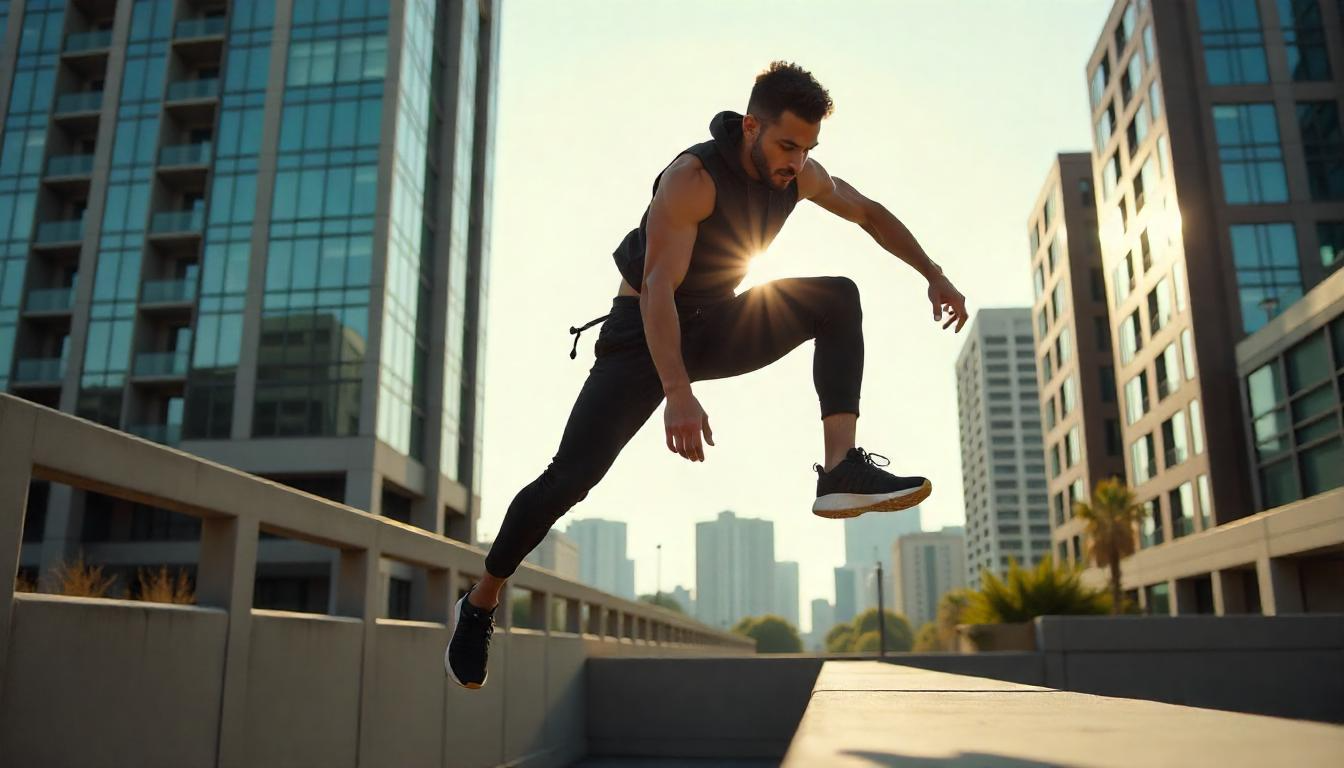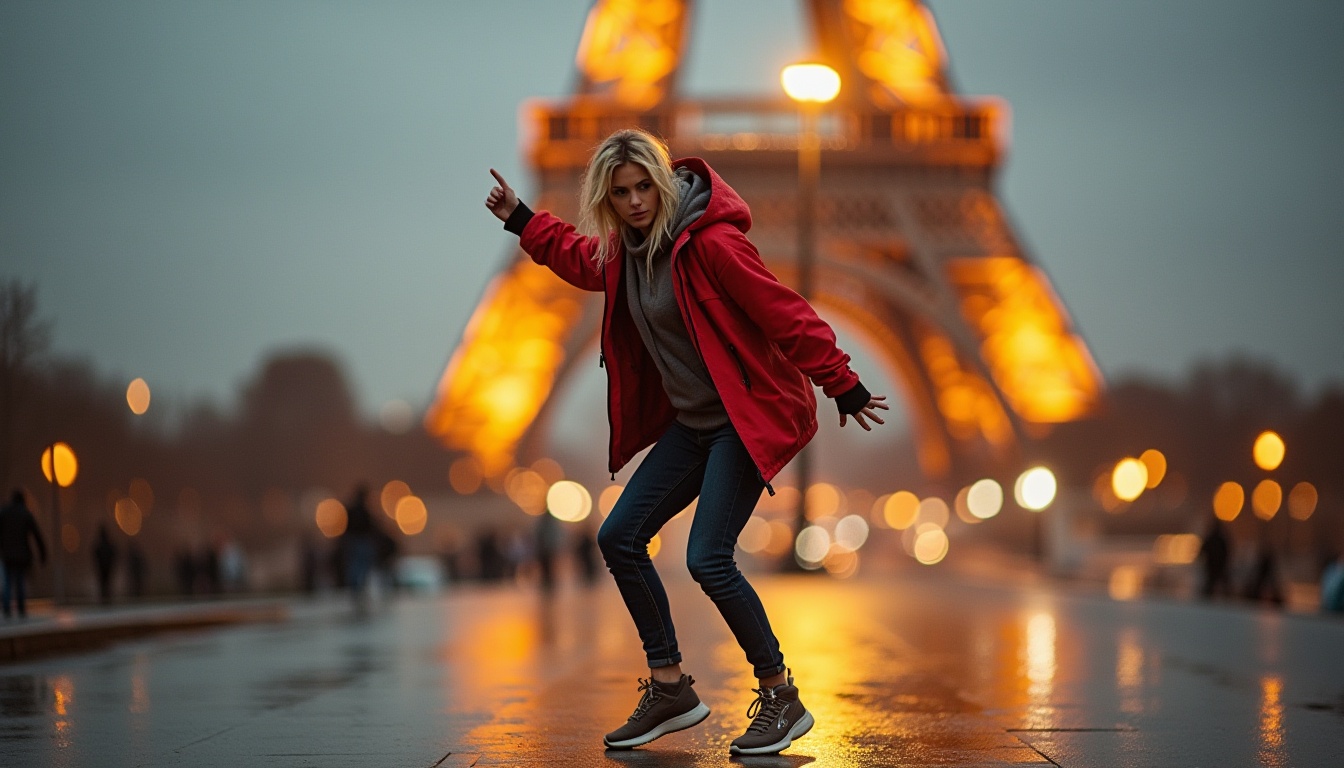Parkour is an urban sport that focuses on moving smoothly and efficiently through obstacles. It has gained a lot of attention in recent years, especially because of social media. Platforms such as YouTube, Instagram, and TikTok have changed how people practice parkour and share their experiences. These sites allow individuals to post parkour videos and photos of their jumps, flips, and creative moves. As a result, more people have become interested in parkour. Social media provides a space for parkour athletes to showcase their skills and connect with others who share their passion for the parkour community. Viewers, drawn in by exciting content, often feel inspired to try parkour tricks themselves. This sharing of parkour videos helps spread parkour to audiences who may never have encountered it otherwise.
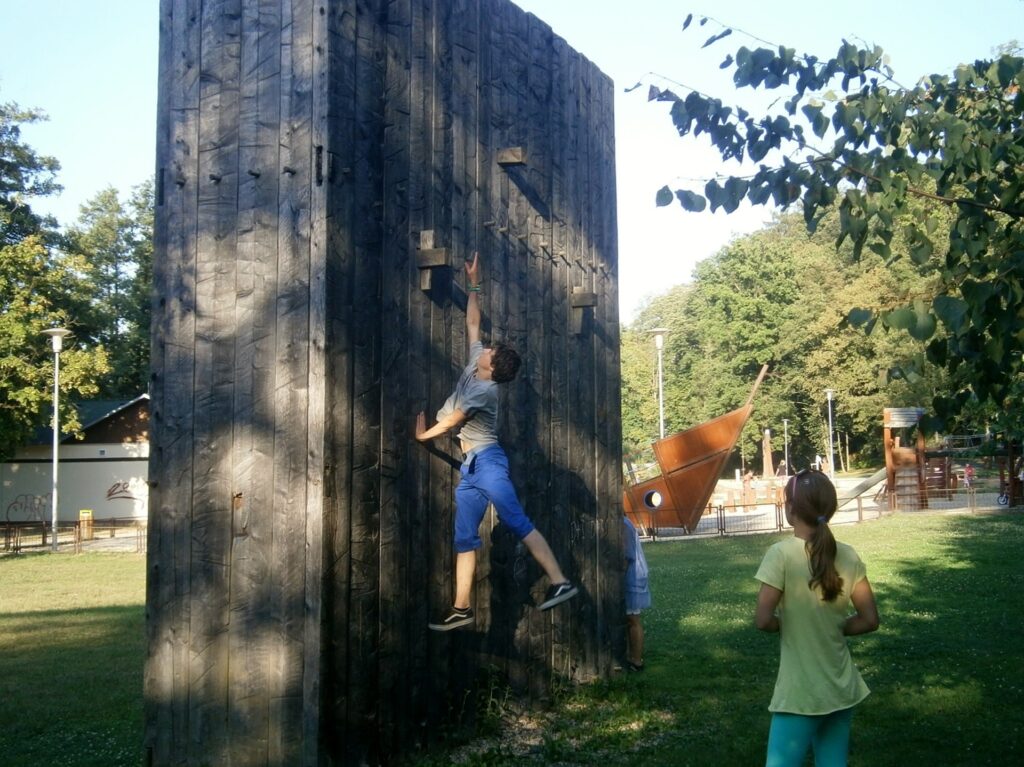
The online community around parkour is vibrant and supportive. Beginners can find tutorials and tips on parkour training from experienced practitioners. Some users may even form friendships with others around the globe, united by their love for this activity. Social media also promotes local parkour competitions and events, giving fans opportunities to engage with the sport more actively. Overall, social media has played a crucial role in making parkour more popular. It has transformed the way the sport is viewed, practiced, and enjoyed by making it accessible to a wider audience. What was once a niche activity has now found its place in popular culture, inspiring a new generation of athletes to explore urban landscapes in creative and dynamic ways.
Visual Spectacle and Accessibility
Social media has played a huge role in boosting parkour’s popularity by highlighting its striking visuals. Parkour’s energetic movements, often set against urban backdrops like rooftops or bustling streets, are perfect for video. Platforms like Instagram, TikTok, and YouTube thrive on visual content, making them ideal spots to share jaw-dropping parkour tricks. These parkour videos, packed with flips, vaults, and precise leaps, grab attention quickly, leaving viewers amazed.
This rise in social media has also made parkour more accessible than ever before. Years ago, discovering parkour often meant knowing someone in niche circles or stumbling upon the occasional TV feature. Now, anyone with internet access can watch tutorials, engage with experienced practitioners, and explore the sport from their phones. Social media isn’t just spreading awareness; it’s connecting fans and parkour athletes worldwide, creating a huge online community. For many, seeing relatable people learning the sport online makes parkour feel less intimidating and more achievable. Even skeptics who once viewed parkour as a risky activity have softened their stance. Thanks to detailed parkour videos and guides, people see the skill, control, and training behind every move. While risks are part of the sport, its growing online presence showcases the discipline and practice needed to perform safely, helping dissolve misconceptions about parkour safety. Social media keeps expanding parkour’s reach, turning a once small, underground activity into a thriving, global phenomenon.
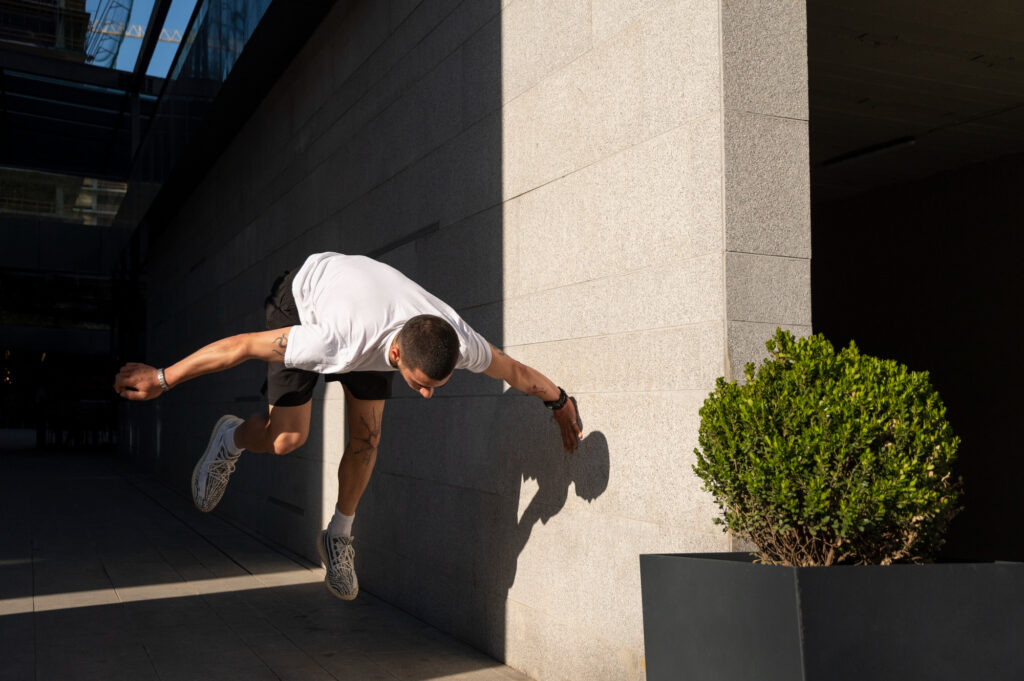
Community Building and Knowledge Sharing
Social media has reshaped how the parkour community connects and grows. Platforms like Instagram and TikTok allow parkour athletes to share experiences, swap tips, and team up on creative projects. These interactions create a space where people support one another, learn new skills related to parkour training, and test their boundaries. Online connections often lead to meaningful friendships and collaborations that extend beyond digital spaces.
Sharing knowledge has also become easier with platforms like YouTube. Many parkour athletes post step-by-step tutorials and training videos that cover techniques, safety, and effective practice methods. These resources help newcomers build confidence and give experienced athletes fresh ideas. Active discussions in comment sections or dedicated forums let people ask questions, trade insights, and offer advice on parkour safety. This exchange of knowledge has improved the way parkour enthusiasts train and refine their craft. By making it easier to connect and learn, social media has played a major role in growing the parkour community. It’s breaking down barriers, helping people train smarter, and expanding what’s possible in the sport.
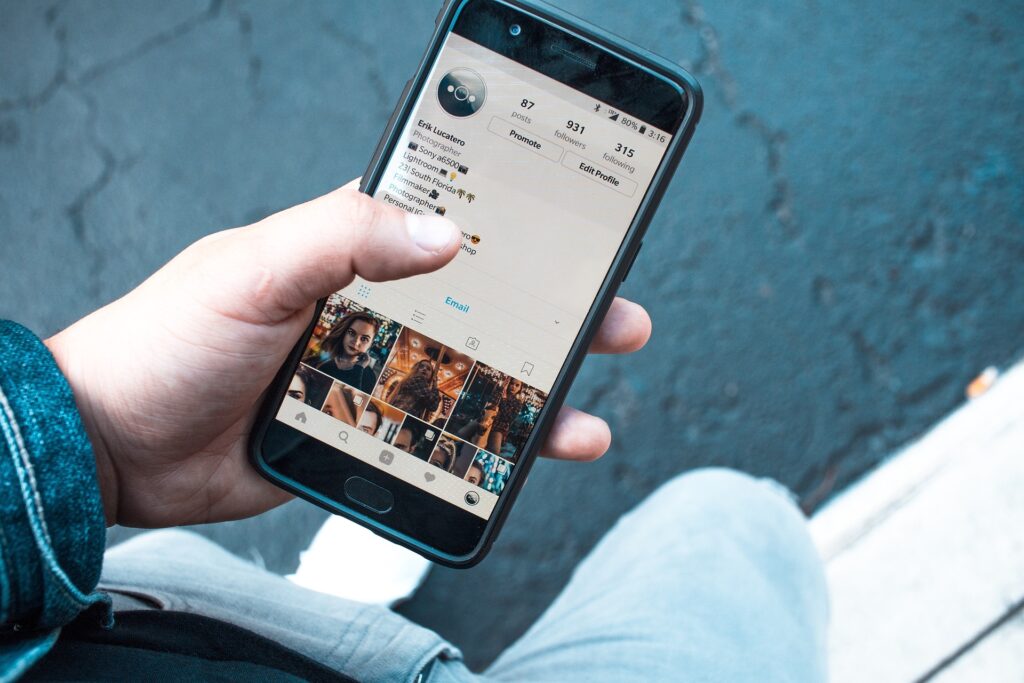
Commercialization and Professionalization
Parkour’s rise on social media has drawn attention from brands, sponsors, and media companies. This exposure has allowed many parkour athletes to turn their skills into full-time careers. Through sponsorship deals, product endorsements, and appearances in commercials or movies, practitioners now have more ways to make money doing what they love. Platforms like Instagram, TikTok, and YouTube have become vital for showcasing abilities, connecting with fans, and building personal reputations. Social media has facilitated opportunities for many in the parkour community.
But it’s not just about income; this surge in visibility has also reshaped the sport itself. Parkour has become more organized, with parkour competitions, events, and large-scale festivals taking place worldwide. These gatherings offer athletes a chance to showcase their talent, compete with peers, and gain recognition from audiences far and wide. Social media amplifies these events, spreading clips of performances and drawing more participants and viewers alike. Without these platforms, parkour may have stayed a niche activity rather than evolving into a globally recognized discipline.
At the same time, these shifts haven’t been without challenges. Some argue the increased focus on social media risks making parkour feel commercialized, pulling it away from its raw, personal roots. Others worry that prioritizing flashy stunts for likes and followers could promote unsafe practices. Even so, most practitioners embrace these tools as necessary for growth, balancing visibility with the sport’s core values. In the end, social media has transformed parkour, shaping it into both a lifestyle and a global phenomenon accessible to millions.
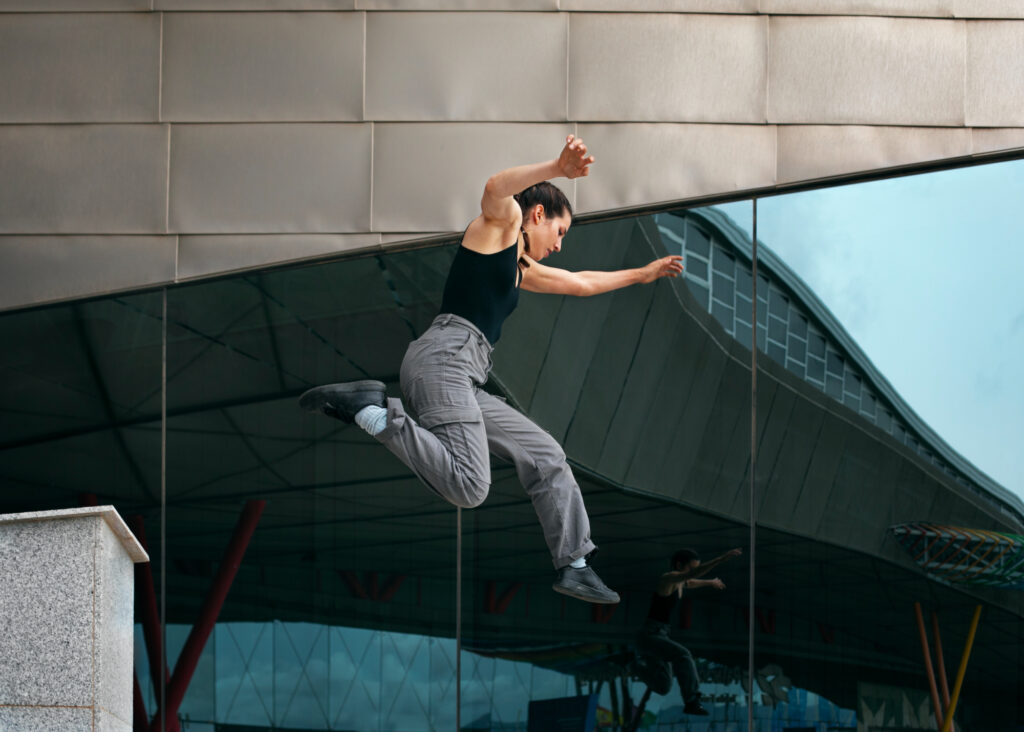
Challenges and Considerations
Social media has undoubtedly expanded parkour’s reach, connecting practitioners and inspiring a global audience. But it’s not all positive. One of the most pressing issues is how it pushes some people to attempt dangerous stunts without proper preparation. Videos of skilled parkour athletes performing advanced moves can be tempting to copy, but for those without training, this often leads to serious injuries. The lack of guidance on these platforms makes the problem worse, as many users don’t understand the risks tied to complex techniques. Social media platforms need to step up by encouraging safer practices, promoting educational content about parkour safety, and discouraging reckless behavior through stricter content policies.
Another issue as parkour grows in popularity is the risk of losing its core identity. Commercialization can sometimes distort what the sport truly stands for. When brands focus only on flashy tricks and marketable stunts, they may strip away deeper values like creativity, self-discipline, and personal growth inherent in parkour culture. It’s easy to reduce parkour to just entertainment, sidelining its physical and mental benefits. To keep its soul intact, the parkour community should advocate for showcasing its full spectrum highlighting how it builds strength, problem-solving skills, and confidence. This isn’t just a movement art; it’s a way to see the world differently. By emphasizing these values, parkour can stay authentic while still growing.
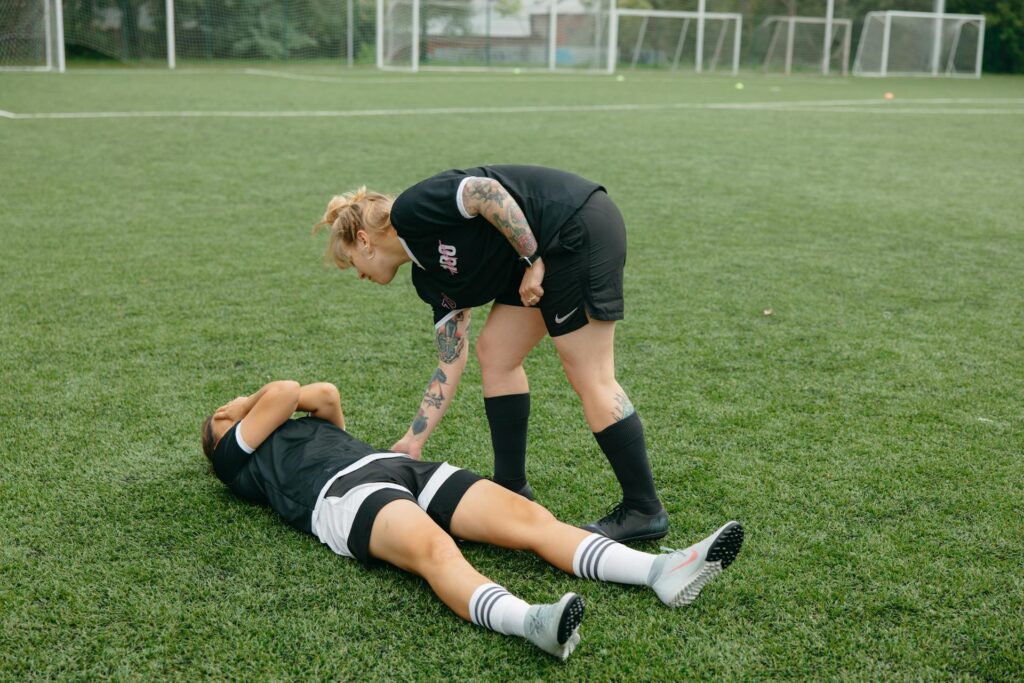
Besides what was mentioned before, social media has also had a big impact on:
Professionalizing Parkour: Social media has transformed how people view and engage with parkour, impacting various aspects of the discipline. First, it has played a crucial role in professionalizing parkour. Athletes can now use platforms like Instagram and YouTube to share their parkour skills with viewers around the world. This visibility opens up new opportunities for sponsorships and endorsements. Companies are more willing to invest in talented parkour athletes, knowing they can reach a large audience through social media. As a result, many parkour athletes receive invitations to participate in international parkour competitions, enhancing their careers and increasing the sport’s legitimacy.
Creating a Global Community: Social media has helped create a global parkour community of practitioners. Individuals from different countries can connect easily, regardless of their geographic location. They can share parkour videos, discuss techniques, and celebrate each other’s achievements. Different cultures can influence each other’s styles and approaches, enriching the overall experience for everyone involved. Community challenges and events are often organized online, further uniting parkour lovers worldwide.
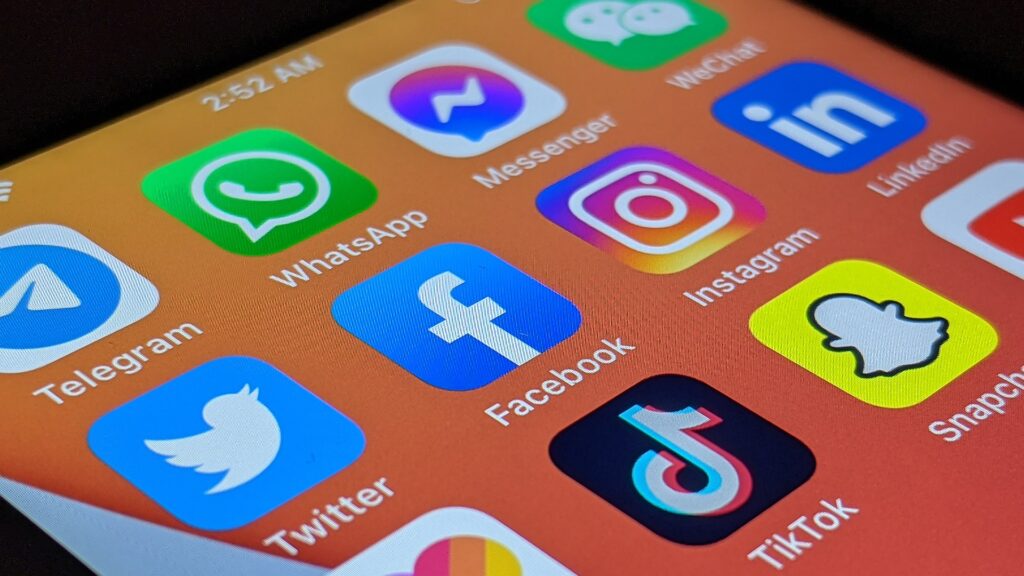
Promoting Safety and Education: Another important aspect is the promotion of safety and education within the parkour community. Athletes often use social media to share vital information about injury prevention and safe practices related to parkour safety. For example, they might post parkour videos demonstrating proper landing techniques or effective warm-up routines. This sharing of knowledge helps newcomers learn how to practice parkour safely. Experienced practitioners can also provide tips on what to avoid, making the sport more accessible to everyone. By emphasizing education and safety, social media contributes to a more responsible approach to parkour, ensuring that it is enjoyed safely and sustainably.
Conclusion
Social media has played a crucial role in the rise of parkour as a global phenomenon. The visual content shared on platforms such as Instagram and YouTube has captivated audiences worldwide, showcasing the athleticism and creativity of parkour athletes. Additionally, social media has been integral in building a strong community of parkour enthusiasts, allowing for the exchange of knowledge, tips, and tricks. Furthermore, the professionalization of parkour has been greatly influenced by social media, with athletes being able to showcase their skills to a larger audience and attract sponsorships and collaborations.
As social media continues to evolve and new platforms emerge, the future of parkour is likely to be further shaped by these digital channels. The potential for continued growth and exposure through social media is immense, and will undoubtedly play a significant role in the continued development and popularity of parkour as an urban discipline.
